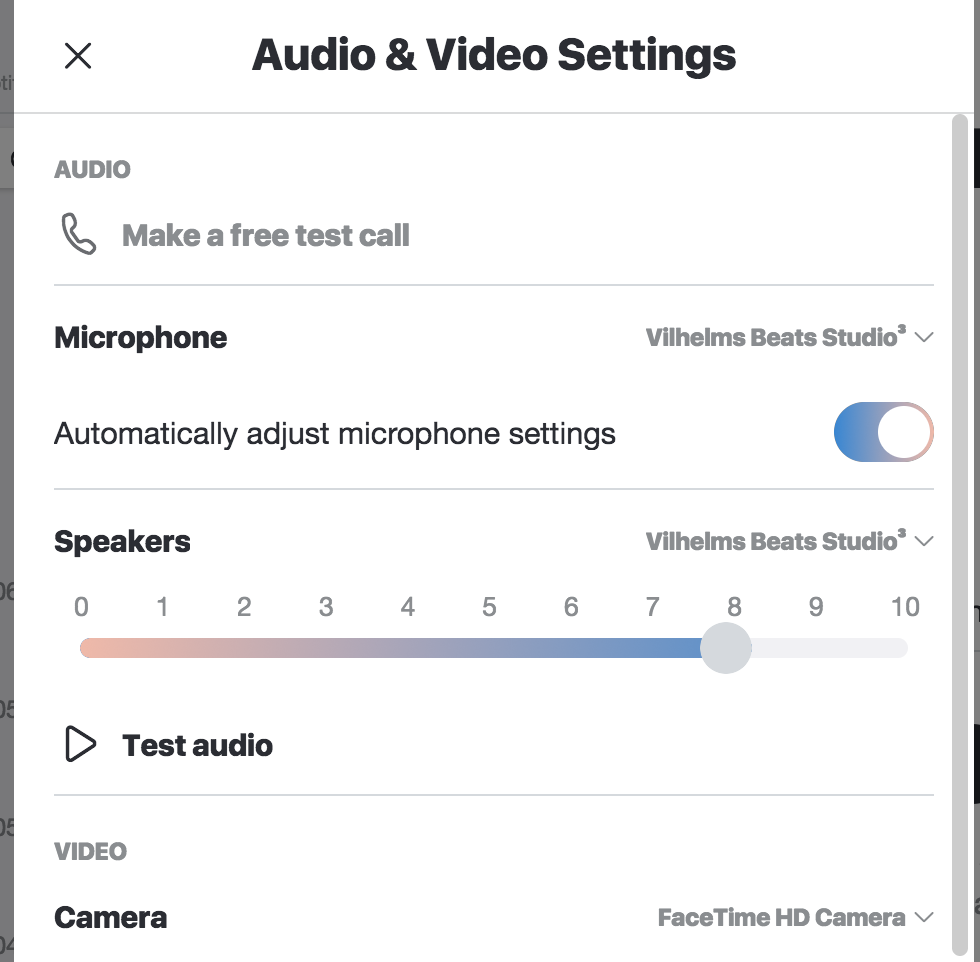Read this topic to learn about hardware, software, and infrastructure requirements for running Skype for Business on a Mac.
Skype should include a set lunch period. You can add that to the Status page on the Options dialog box. Just two boxes: when lunch starts and when it ends. Then every day at those times your status automatically changes to 'Lunch' or 'Meal Break' or whatever you want to call it. This is called Skype for BUSINESS, after all. Replay Telecorder for Skype: Capture/Record Skype Conversations (Video and Audio). Description SkypeLogView reads the log files created by Skype application, and displays the details of incoming/outgoing calls, chat messages, and file transfers made by the specified Skype account. Skype for Business on Mac does not provide presence information based on your Outlook calendar. This will be available in a future update. Click your photo, click the Available drop-down arrow below your name, and then click the status you want to show other people.

The Clean Up button moves older, redundant messages in the conversation to the Deleted Items folder but keeps the most recent message. Attachment preview in mail messages (on computer) Yes. Preview attachments in mail messages (in cloud) No. Photos of contacts in mails, contact lists, and calendar.
Cannot React To Message On Skype For Mac
The Skype for Business on Mac Client is available for download.
Hardware and software requirements for Skype for Business on Mac
The Skype for Business on Mac client requires Mac OS X El Capitan and higher, and uses at least 100MB of disk space. We support the use of all built-in audio and video devices. External devices must be in the Skype for Business Solutions Catalog.
Note
This list is preliminary and some devices may be qualified for Lync, but not supported on Skype for Business on the Mac.Refer to the System requirements for the minimum hardware required.
Legacy Mac clients
Skype for Business Server 2015 also supports the following legacy clients on computers that are running Mac OS 10.5.8 or latest service pack or release (Intel-based) operating systems (Mac OS 10.9 operating system is not currently supported). For details about supported features, see Desktop client feature comparison for Skype for Business.
Microsoft Lync for Mac 2011 (see Lync for Mac 2011 Deployment Guide)
Microsoft Communicator for Mac 2011 (see Communicator for Mac 2011 Deployment Guide)
These clients are not supported by Skype for Business Server 2019.
Infrastructure requirements for Skype for Business on Mac
The Skype for Business on Mac client leverages both the Unified Communications Management Platform (UCMP) as well as the Unified Communications Web API (UCWA) that our mobility clients use.
Cannot React To Message On Skype For Macbook
The client has the same requirements as our mobility clients in that you must have an Access Edge Server and Reverse Proxy deployed in a supported configuration.
Authentication
The Skype for Business on Mac client supports Cert-based authentication, Microsoft Modern Authentication, and Multi-Factor Authentication when deployed and enabled.
Note
Due to a current limitation, the user's Exchange credentials must be the same as their Skype for Business credentials.
Certificates
Certificates in use on the Access Edge, Reverse Proxy and Front End servers must not use the SHA-512 hash algorithm.
The HTTP Certificate Revocation List must be defined and accessible by the client. For example, we don't support an LDAP entry in the certificate as your Certificate Revocation List.
DNS
Mobility must be properly deployed for the Skype for Business on the Mac client to function properly. A common failure scenario is to have both of the following DNS entries resolvable on the internal network:
lyncdiscoverinternal.<sipdomain>
lyncdiscover.<sipdomain>
For more information, refer to: Deploying Mobility in Lync Server 2013, and the Microsoft Lync Server 2010 Mobility Guide.
See also
